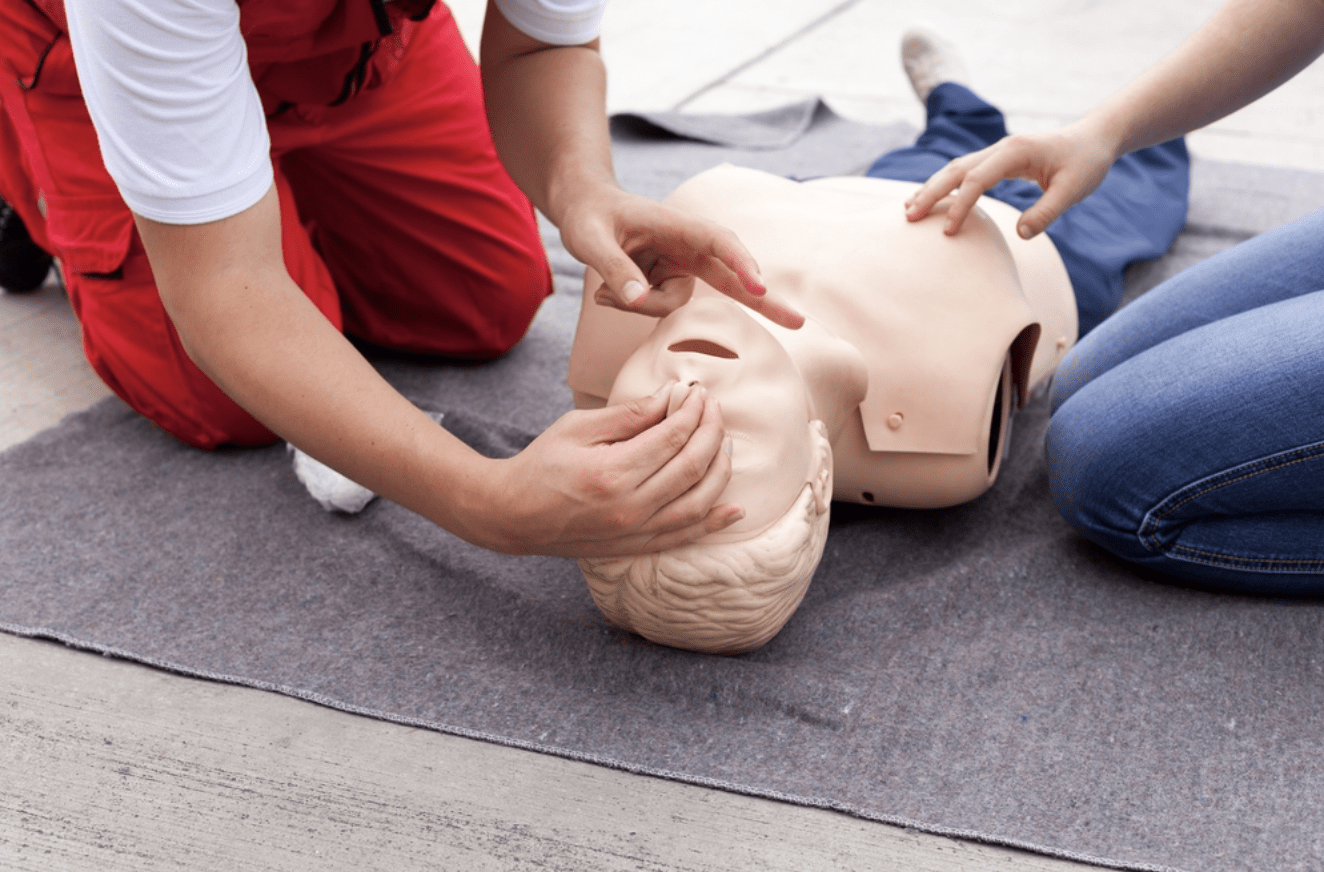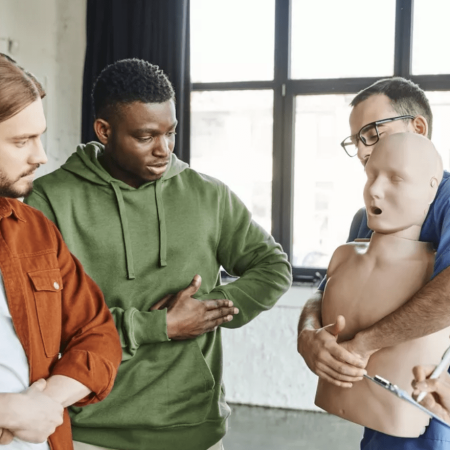CPR Training Annual Update for Primary Care (Non-Clinical)
This CPR Training is for non-clinical staff in Primary Care settings and is in line with CQC and Resuscitation Council (UK) guidelines.
Even though non-clinical staff in primary care settings (such as receptionists, admin assistants, or practice managers) may not directly deliver patient care, CPR training offers several key benefits:
- Non-clinical staff are often the first point of contact in the building and therefore, if a patient or colleague collapses in the waiting room or reception area, immediate CPR can save a life before clinical help arrives.
- A well-trained team provides a safer atmosphere for patients, especially the elderly or those with chronic conditions who may be at higher risk of cardiac events.
- Patients and carers often feel more reassured knowing that all staff, not just clinicians, have the necessary training to handle emergencies.
- While not always legally required, CPR training can support Care Quality Commission (CQC) expectations for safety and responsiveness in UK practices and furthermore, in some cases, could also reduce liability by showing reasonable action was taken to provide emergency first aid.
CPR Training Course content:
- Roles and Responsibilities of a First Aider
- Dealing with an Unconscious Casualty
- CPR and use of an AED (defibrillator)
- Dealing with an Unconscious Casualty
- Choking
- Seizures
- Burns
- External Bleeding
- Shock
E learning Features
![]() Instant Access
Instant Access
![]() Digital Certificate
Digital Certificate
![]() Duration – 2hrs
Duration – 2hrs
![]() CPD Approved
CPD Approved
![]() Access the course on any device including PC, tablet and mobile phone
Access the course on any device including PC, tablet and mobile phone
![]() Appeals to all learning styles with interactive quizzes, video and full audio features
Appeals to all learning styles with interactive quizzes, video and full audio features
![]() Work at your own pace, testing your knowledge as you progress through the course
Work at your own pace, testing your knowledge as you progress through the course
![]() Progress is automatically saved so you can take a break and pick up where you left off
Progress is automatically saved so you can take a break and pick up where you left off
See all our E Learning Courses HERE
If you wish the Emergency First Aid at Work course, please click HERE
Course Features
- The Course Structure
- A Serious Business
- The Aggression Curve
- The SCARF Model
- Government Advice and Guidance
- Making decisions: Duty of Care
- The Law
- Physical Intervention and Restraint
- Screening, Searching and Confiscation






